Champagne vs. Prosecco — What’s the Difference?
Nov 30, 2017, Updated Apr 29, 2022
This post may contain affiliate links. Read more at our disclosure policy.
Sparkling wines come in a variety of styles and descriptions, but they all have specific meanings and places of origin. If you’re curious about the differences between Champagne vs. Prosecco and many of the other words used to describe delicious bubbly beverages, start here.
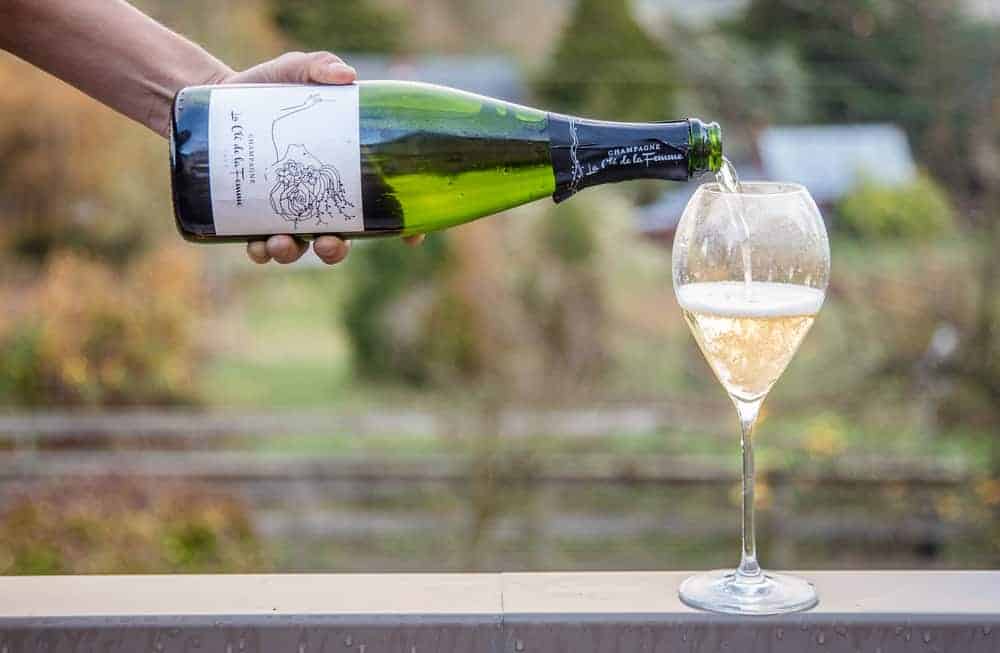
Champagne, bubbly, and sparkling wine, often get thrown into the same category. But there are stark differences between the terms. Is all sparkling wine “champagne”? Is all champagne sparkling wine? What is Prosecco, Cava, and other terms to describe sparkling wines? Let’s clear some things up.
Table of Contents
What is Champagne?
The first thing to know about “Champagne” is that it is first and foremost a place. Specifically, Champagne is a region located approximately 90 miles northeast of Paris, France, where the sparkling wine of the same name is produced. A sparkling wine is only true Champagne when it comes from the Champagne region of France. Sparkling wine made outside of this region is just that – sparkling wine. But there are several regions of the world who also have a regional name for their style of sparkling wine. Prosecco is one of them. So we’re comparing just these two today.
Grapes Permitted: Champagne can be made from a single grape varietal of Pinot Noir, Pinot Meunier, or Chardonnay, or as a blend (and a few more permitted grapes exist, but those are found in very small quantities).

Prosecco
Prosecco is a sparkling wine that comes from the Veneto region in Northern Italy (and also some parts of Friuli-Venezia Giulia region, also in Northern Italy).
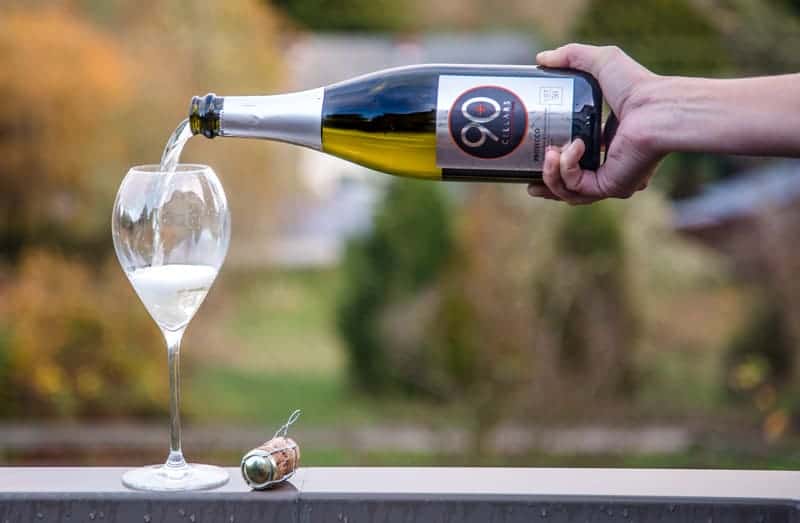
Grapes Permitted: Prosecco is made using the grape Glera (formerly referred to as Prosecco grapes), and must be made from at least 85% of this grape. Other permitted grapes allowed to the remaining 15% are Bianchetta Trevigiana, Glera Lunga Verdiso, Perera, and international grapes Chardonnay, Pinot Bianco and Pinot Grigio.
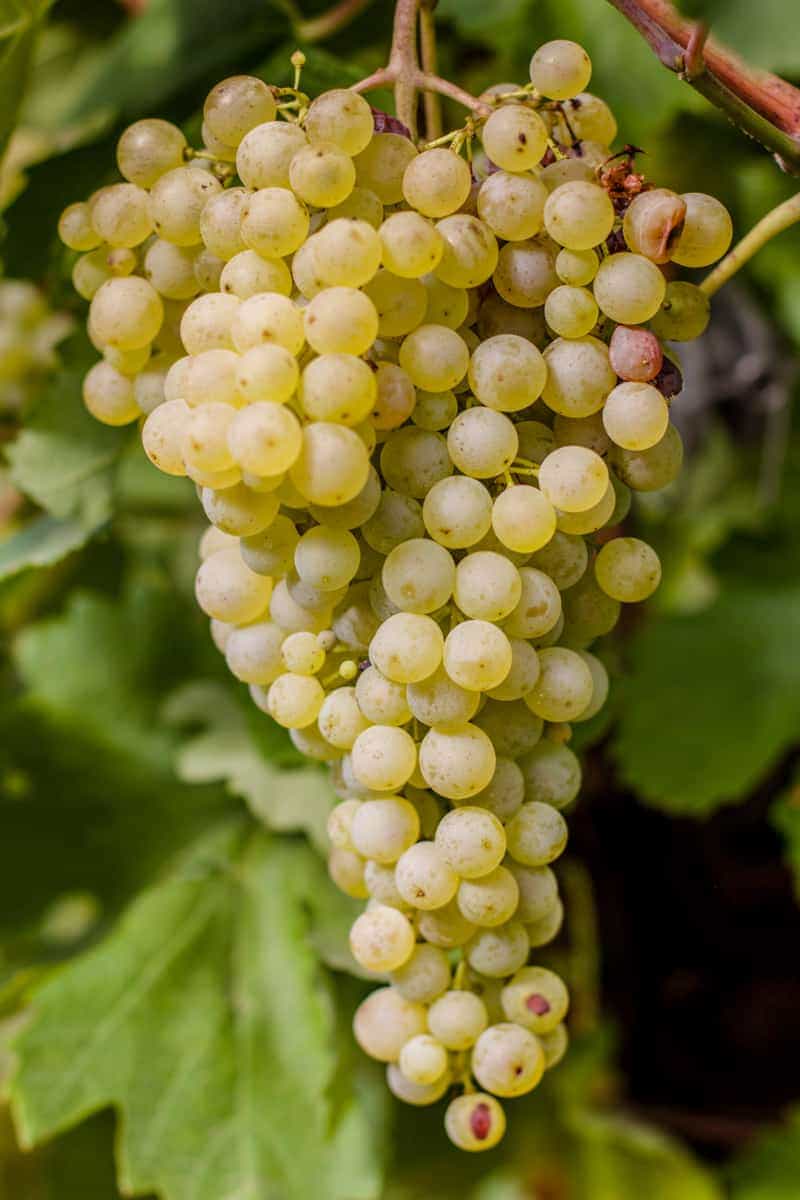
Method of Production: Champagne vs. Prosecco
Champagne Method
The process of making Champagne is complex, time consuming, highly regulated, and dependent on factors that can only be achieved within this very region in order to create a very high quality product.
The wines in this region always go through Method Champenoise (or the “traditional method”) in which the wine undergoes secondary fermation in the bottle. During this process yeast is added to the wine along with some sugar (“liquor de tirage”) which stimulates the second fermentation and thus the bubbles that are achieved from it.
After secondary fermentation has finished the bottles go through “remuage” or Riddling – a process that requires twisting of the bottles to move the sediment, or “lees” (or dead yeast cells), towards the bottle cap in order to get rid of it without losing much of the remaining wine.
When it is ready, the neck of the bottle is frozen and those dead yeast cells are removed through a process called ‘disgorgement’. A wine must be aged a minimum of 18 months on the lees before it’s released (three years for a vintage). It may seem simple, but this is a very complex process.
Charmat Method (used in most Prosecco production)
With Prosecco, the most common method used to achieve bubbles is via the tank or Charmat Method. This is where the secondary fermentation happens inside a large tank. After primary fermentation, the yeast and sugars are added to the base wine in order to start secondary fermentation in a large tank (vs. in the bottle as in the Champagne method).
Would you like to save this?
The tank is sealed to prevent the CO2 from escaping, allowing for those bubbles we all love to develop. The wines are then filtered, given a dosage (added for level of sweetness), and bottled. These are generally not aged, and meant to be consumed young while fresh and fruity (with a few exceptions).
Difference in Taste
Because of the length of time Champagne spends on its lees (those little dead yeast cells), the wine inherits this signature bready, brioche, and toasty notes, along with apple and citrus flavors, depending on the style. Because of where the grapes are grown (limestone and chalk soils) you get a signature minerality to the wines that are distinguishable from other regions of the world. Quite often, the longer these wines age (before bottling) the more complexity of flavors will evolve. The bubbles on these wines will be incredibly fine and clean.
Prosecco takes on more bright fruity characteristics, often with flavors of honeysuckle, apples, pears, and signature floral notes. Most Proseccos don’t age as long as Champagne, therefore those nutty and bready characteristics will likely not be there. Instead you’ll find fresh and bright vibrant fruit flavors. The bubbles will generally be bigger and more spritzy than Champagne. They can be incredibly fun and pleasurable to sip on.
Of course, not all Prosecco is made this way and not all is fresh and fruity. There are different quality tiers of Prosecco, from Prosecco DOC (the most common) to Prosecco Conegliano Valdobbiadene Superiore DOCG, and even smaller, more concentrated designations, which are among the highest quality within the region.

Some of the higher end wines are being made in the bottle vs. tank. But even those DOCG status wines that are made in the Charmat method can be incredibly elegant and complex. They’re just wines you’ll have to seek out unless you live in a major market for these wines. The majority of what you’ll see in an average wine store are the fresh and fruity style, starting around $10-$20. These are perfect for your holiday get togethers, brunch, and for making cocktails.
Both styles are made in ranges from Dry to Sweet.
Price Differences between Champagne vs. Prosecco
In general, you’ll find those fresh and fruity style Proseccos starting in the $10-$20 range.
Champagnes start around $40, unless you find that Costco brand Champagne, then you only have to fork out $20. I’ve tried it, and it’s not too bad! Most, however, start at around $40 and go up from there.
Foods to Pair with Prosecco
Everyday Prosecco (especially those labeled Prosecco DOC) should be enjoyed young, fresh, and often. You’ll find them on the sweeter side than Champagne and make for great pairings for appetizers, salads, or used in cocktails. They’re also fantastic just as an aperitif on their own. For a fun alternative to still white wine, try using Prosecco in your next Risotto.
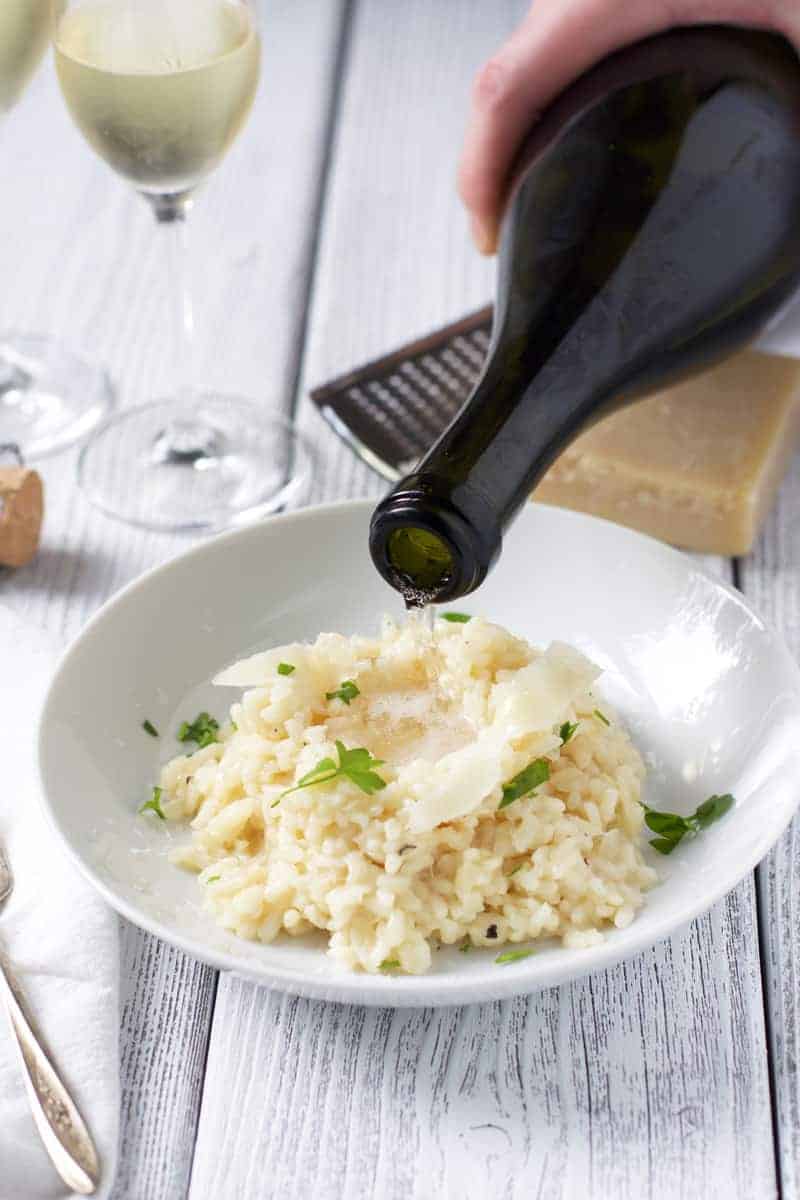
Foods to Pair with Champagne
Champagnes range in styles so much that they can pair with grilled oysters, and other shellfish such as grilled scallops, to salty snacks like French fries and potato chips (not kidding!), to rich dishes like creamy pasta, foie gras, and yes, even meat.
I’m just gonna throw it out there that there’s a Champagne for almost any kind of dish out there. It’s one of the most versatile wines to pair on the planet. However, I generally don’t use Champagne for cocktails or mixed drinks, mostly due to the cost and flavor. I’m not going to shell out $50 to use in a drink that will make the flavor of the Champagne indistinguishable. I want to drink that nectar all on its own.
Sparkling wines from other parts of the world
There are sparkling wines made all over the world, and many have regional names (such as Cava from Spain, and Cremant from regions within France but outside of Champagne). When in doubt, if it’s not from Champagne it’s bubbly, bubbles, or sparkling wine. But now that you know about Prosecco, you can designate that one by name.

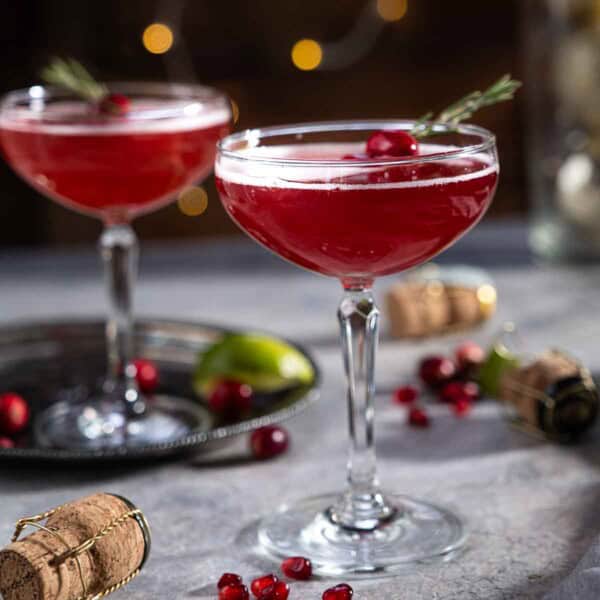
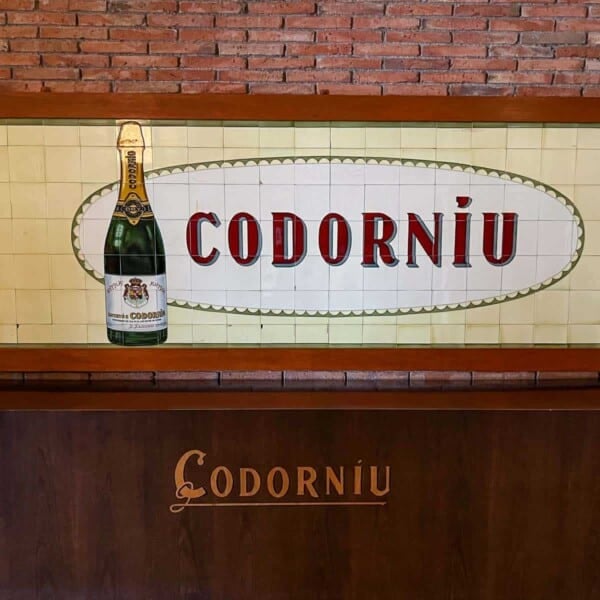
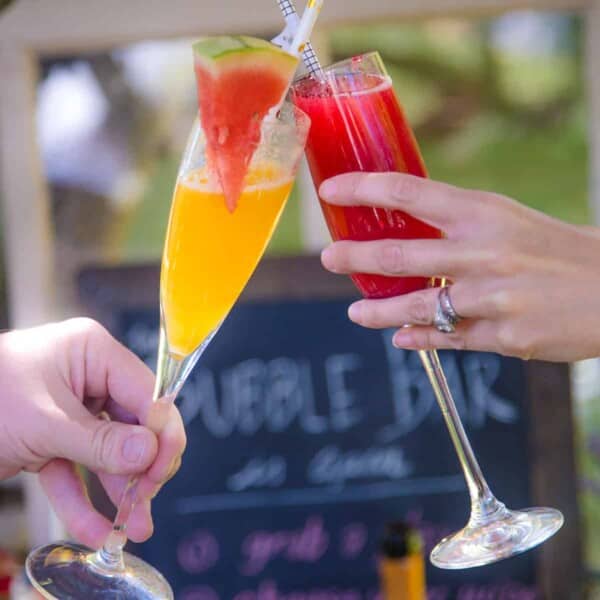
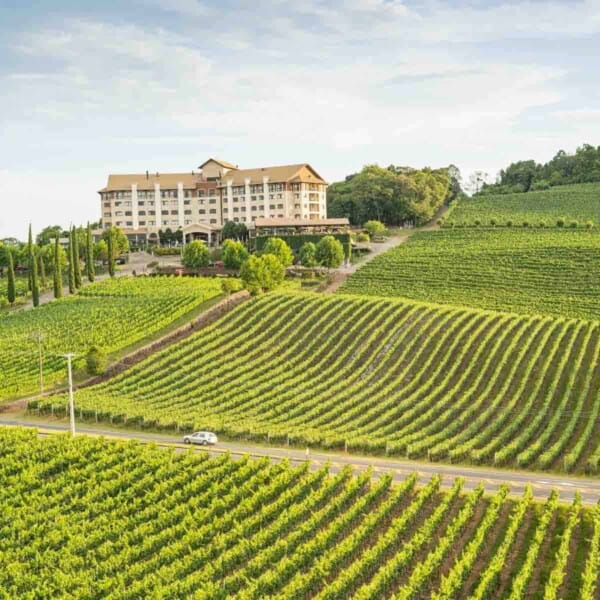















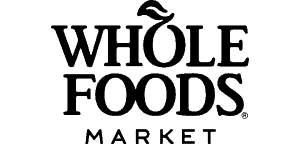
We had this conversation around the dinner table at Thanksgiving! For some reason I’m always drawn to proseccos! Such an interesting post!
I like the idea to make cocktails out of prosecco because on its own it’s too sweet for me, I can drink just one glass of that.
The sweeter versions are great for cocktails! If you want to try a drier version look for “Brut” on the bottle. There are lots of dry styles of Prosecco, just not as easy to come by.
I love this post! Thank you for spelling things out in the bubbly wine area. I was aware of the regional demands of Champagne (the wine and the name) but was unaware of the requirements around Prosecco. I definitely learned something from you here – thank you so much!
Thank YOU 🙂
Great breakdown and that cocktail looks delicious!
So much info!! Next time I have either one I’ll think about the differences!
What a great write up to distinguish the two! And that pomegranate cocktail looks so festive and refreshing.